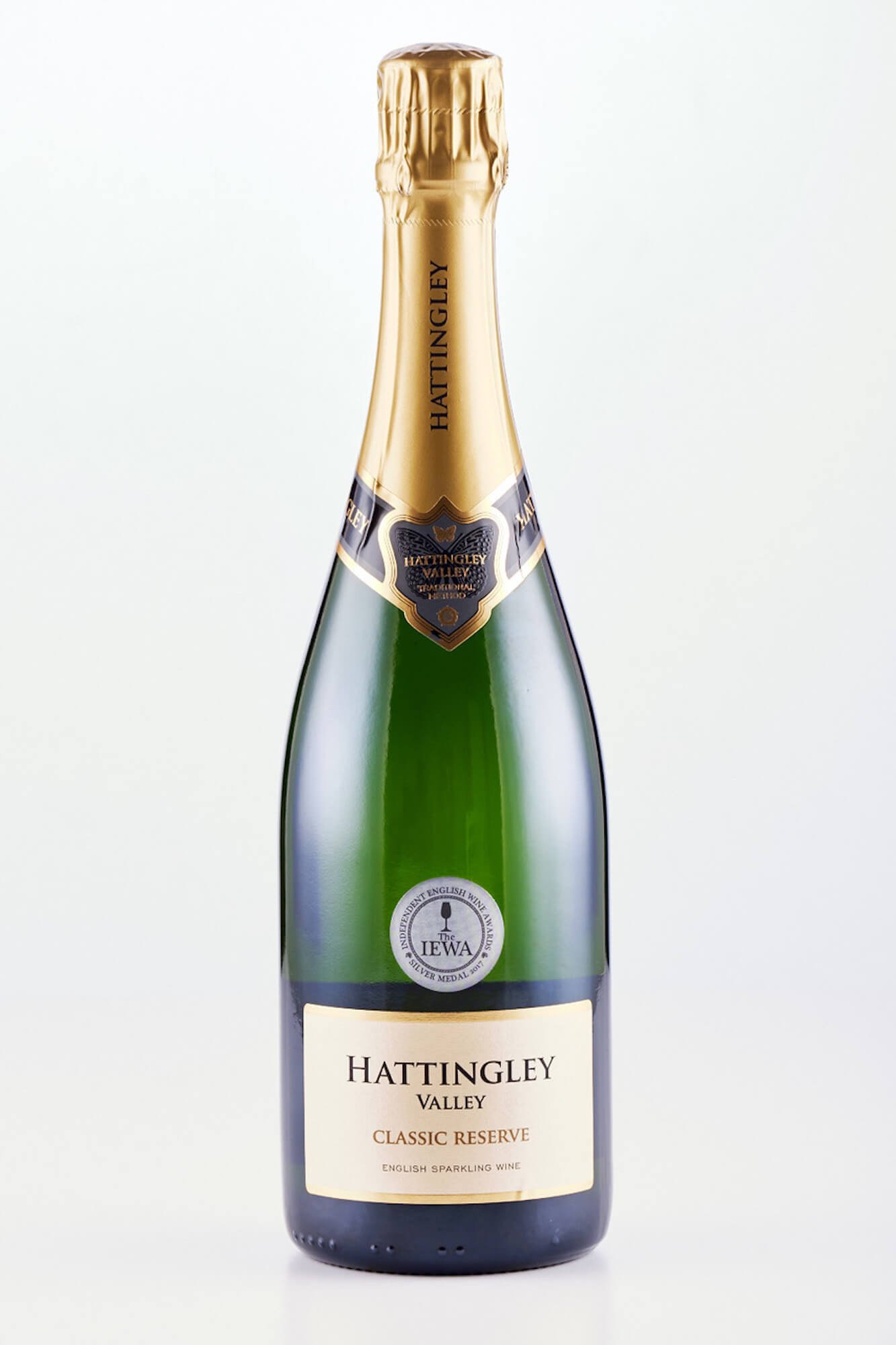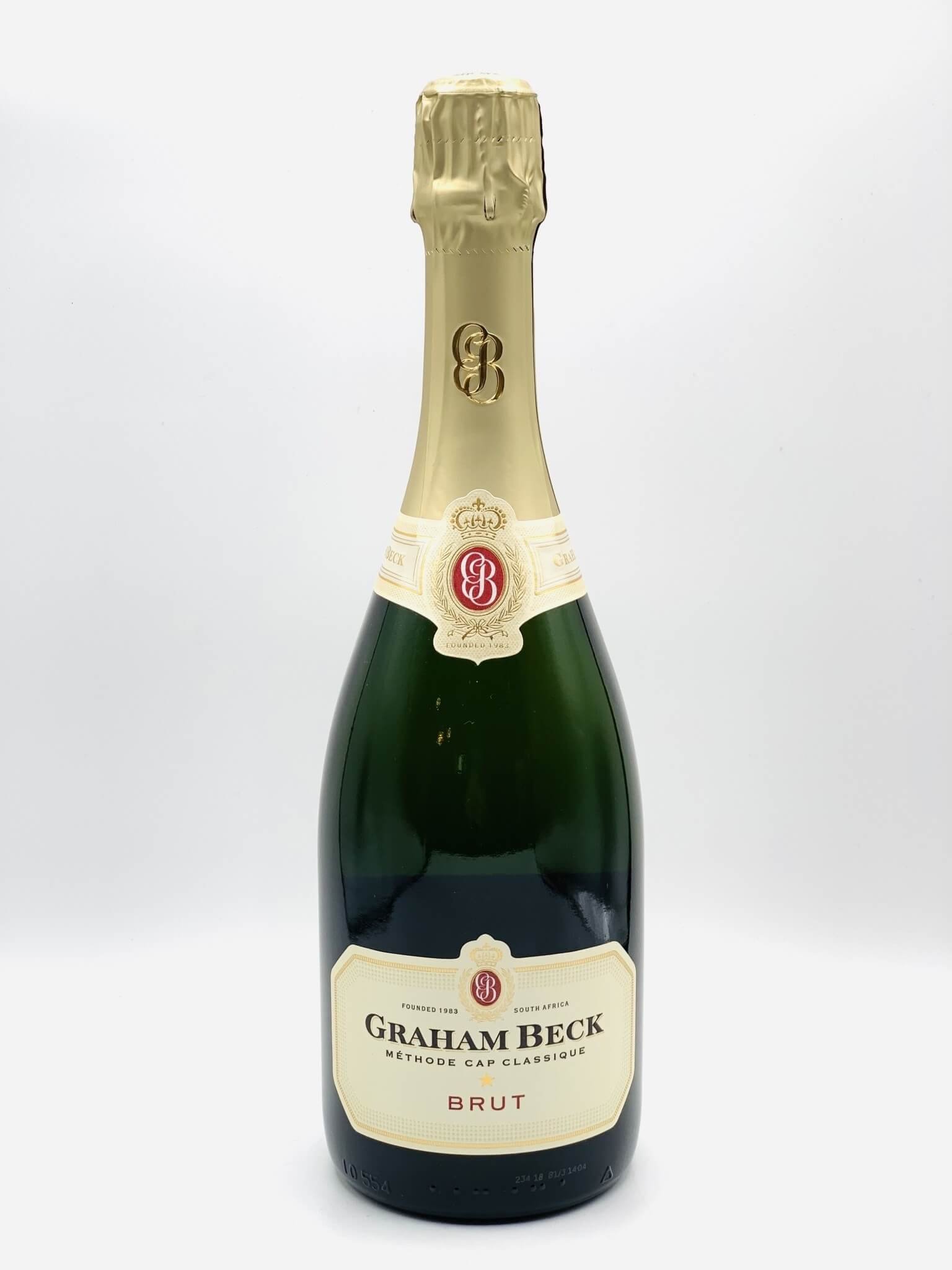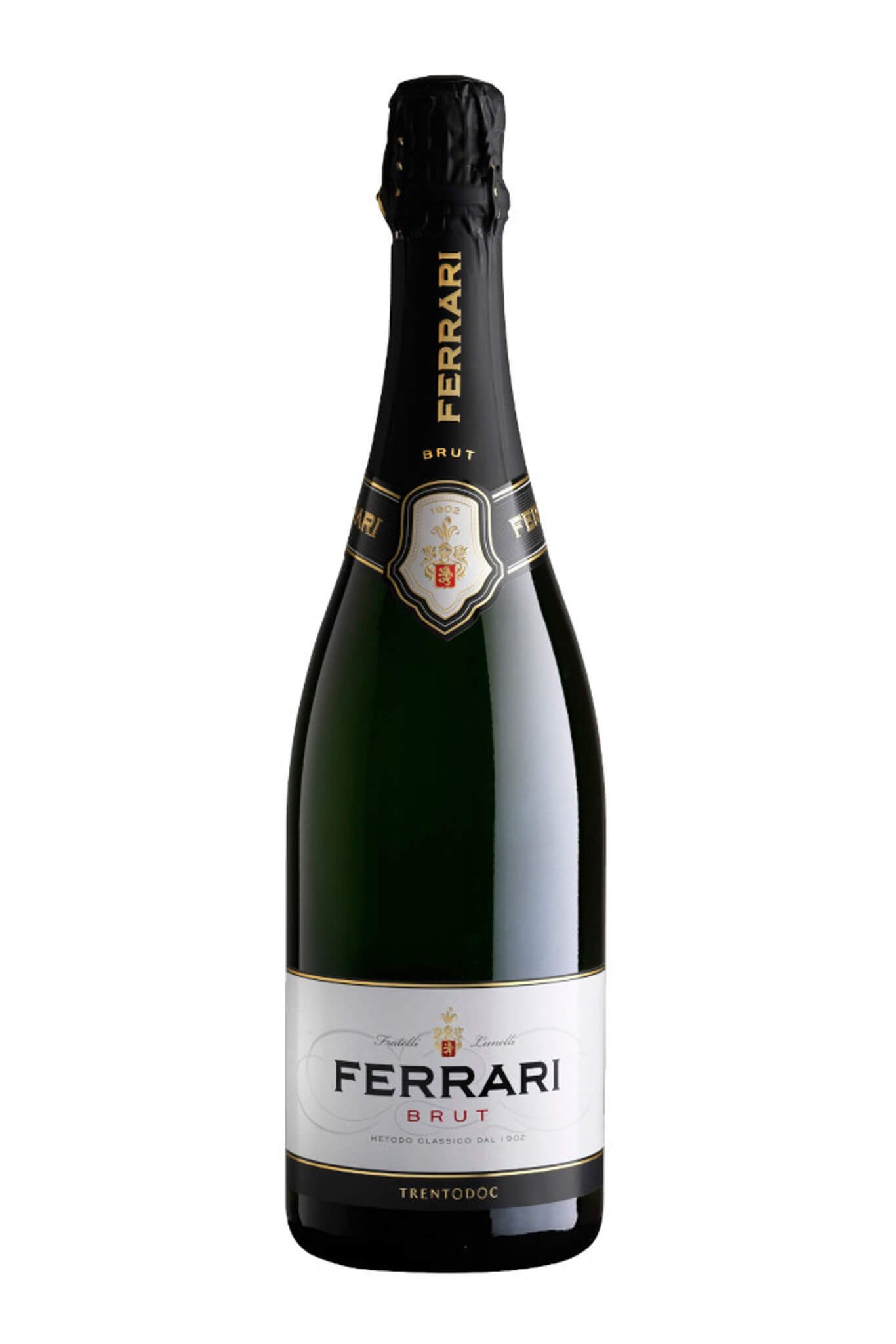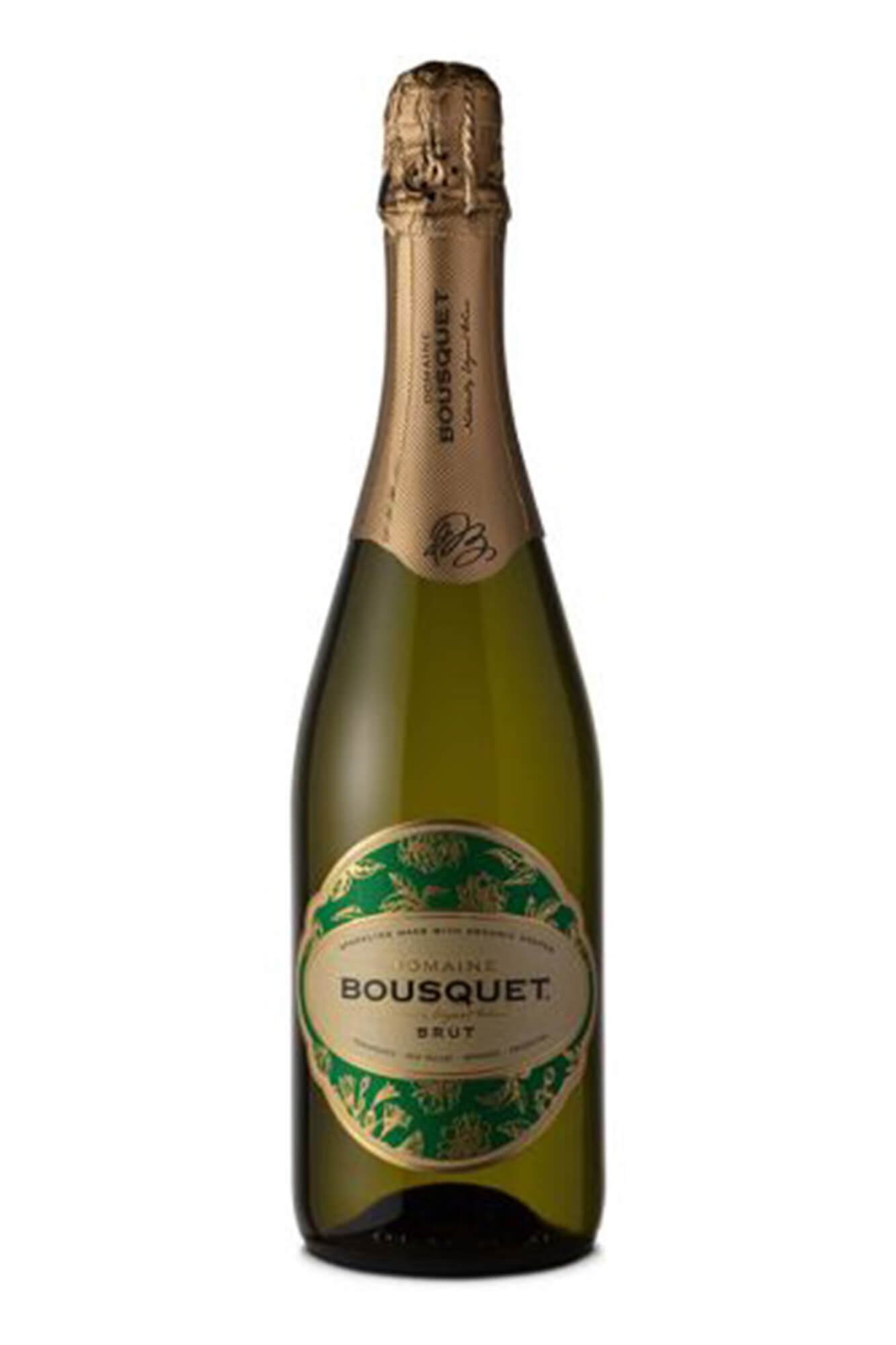7 International Sparkling Wines When Champagne is Out of the Budget
Sparkling wine has been used for celebratory purposes since its inception: the satisfying pop from the cork and fun fizziness contributing to the festivities of many of life’s best moments, from weddings to major sporting event wins to the classic New Year’s Eve toast. Sometimes you don’t even need a momentous occasion, just a small personal win, to justify opening a bottle of bubbly. Sometimes the bubbly is the personal win unto itself.
If you’re in need of a reason to celebrate what’s still been a difficult year for many, however, how’s this: 2022 saw the glorious return of travel, with most countries lifting bans, restrictions, and even testing requirements after the Omicron wave of early 2022. Champagne (including these sustainable picks), prosecco (including the rosé version), and cava are always welcome in our flutes, coupes, and other toasting vessels, but in honor of the fact that international travel is up to nearly pre-pandemic levels, with 2023 promising more of the same, let’s raise a glass of sparkling to set the wanderlust tone, with 7 other international sparkling wines you should get to know in the coming year. (If in their local setting, all the better.)
British Sparkling: Hattingley Valley Classic Reserve
$45
Sparkling wine is usually the first port of entry for countries that haven’t typically been in the wine game due to climates that are too cold to effectively ripen wine grapes, since the dosage that activates secondary fermentation can help offset tartness. While we certainly won’t raise a glass to global warming, we will still happily explore the emerging wine regions that it has engendered, such as with the growth of sparkling wine from England.
Consider that Reims, the capital of Champagne country, is actually closer to southern England as the crow flies than it is to the Rhône Valley. English sparkling wine made in the Champagne method, with Champagne’s limestone soils, and from Champagne’s signature grapes — chardonnay, pinot noir, and pinot meunier — has been on the rise for the last decade.
South African Cap Classique: NV Graham Beck Méthode Cap Classique Brut
$20
Not every country that makes traditional method sparkling wine necessarily has a bespoke name for it, but South Africa does, with its Méthode Cap Classique, often abbreviated to MCC. While South Africa has made sparkling wine for many decades, the term Cap Classique was born in 1992 in order to shed the name Champagne or even Méthode Champenoise from its bottles. Its proprietary moniker is not a factor in whether or not the wine is delicious, though this wine is, but it does have a certain something about it to help poise its drinkers as being in-the-know. (Ya down with MCC? Well you should be.)
South Africa has been in the wine game since the spice trade, with French Champagne varietals such as chardonnay and pinot noir historically performing well, but more and more Cap Classique is being produced with other grapes such as chenin blanc and sauvignon blanc, both of which are capable of bringing a bright and herbaceous tone to the fizz.
Tasmanian Sparkling: Jansz Tasmania Premium Cuvée
$29
Second only to New Zealand, Australia’s southern island Tasmania is the southernmost wine producing region on earth. In the same token as British Sparkling above, (the northernmost,) the colder areas at the extremities of winemaking latitudes tend to be on the up and up where sparkling wines are concerned, and Tasmania follows this pattern. Like New Zealand, cold weather-loving pinot noir succeeds well, as does chardonnay, pinot gris, and riesling, and nearly 40% of the state’s vinous output from its 200 wineries consists of sparkling wine.
Italian Trentodoc: Ferrari Brut
$25
Prosecco is the most widely imported sparkling wine from Italy, and many are also familiar with Franciacorta, Asti Spumante, and perhaps Lambrusco, but Trentodoc is Italy’s best kept sparkling secret, and its export to the U.S. is also on the rise. While the aforementioned Italian sparkling regions and styles are more widely known, Trentodoc is the oldest appellation for traditional-method sparkling wine in Italy, and the third on earth, behind only Champagne and Cava. The Dolomite Mountains have a tremendous influence on the DNA of wines from the region, which contributes a pronounced minerality, and winemakers committed to the quality and distinction of the region are routinely practicing longer lees-contact and barrel aging techniques for especially elegant expressions to rival Champagne.
Argentine Sparkling: Domaine Bousquet Organic Brut
$15
South American countries have proven to be worthy spiritual homes for many of France’s traditional grapes, but Argentina isn’t only about full-bodied and fruity malbec, and has successfully introduced a number of other French varietals such as chardonnay and pinot noir from which sparkling wine is made. Once the largest consumers of Champagne outside of France, and the first international outpost of Champagne house legend Moet & Chandon, Argentina has been meeting local demand for high-quality sparkling wines since the 1960s, with many wineries employing the charmat method (as is used in Prosecco,) for fresh and fizzy, budget-friendly selections.
Austrian/German Sekt: Loimer Extra Brut
$43
It was only a handful of years ago that Germany had the highest consumption of bubbles per capita on earth. Consider that some of the biggest names in champagne — Krug, Mumm, and Bollinger for example — were actually founded by German winemakers. Lovers of German and Austrian riesling can rejoice: riesling also makes for vibrant sparkling wines, and more of the sparkling selections from Austria and Germany known as Sekt have made their way stateside in recent years. “Sekt” simply means “sparkling wine” in the German language, and while it has been being made since the early 1800s, much of it wasn’t enough of a high quality to bother importing, but strides have been made in recent years in wine governance and labeling practices to distinguish quality bottles worth looking out for.






